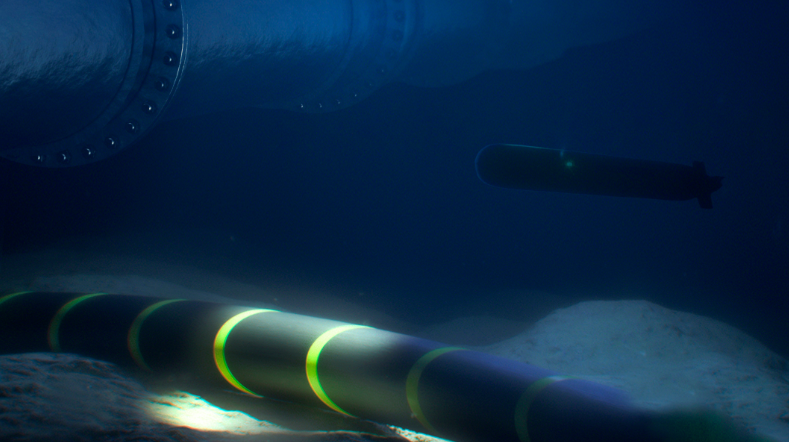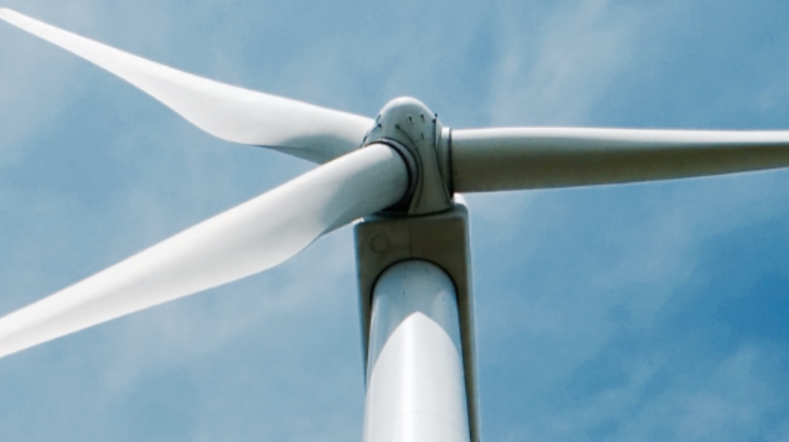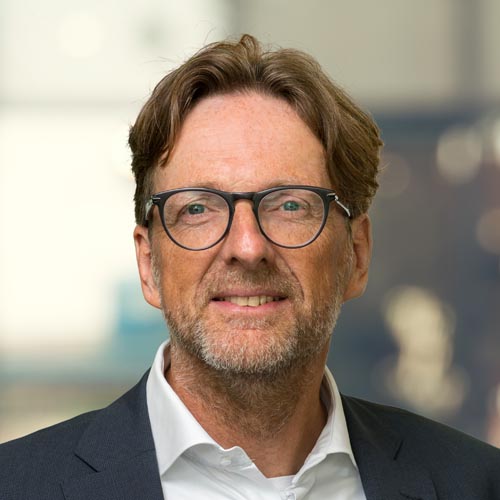
Offshore wind farms move up a gear
The expansion of wind farms in the Dutch sector of the North Sea is moving up a gear. In the spring of 2022, the cabinet designated three new areas for the development of wind farms. The original target of 11.5 gigawatts by 2030 will now be almost doubled to 21 GW. To achieve these ambitions, TNO is researching and developing innovative technologies and methodologies for the new generations of wind turbines and wind farms.
The three new farms, Nederwiek, Lagelander and Doordewind, will be located further from the coast than the current and previously designated wind farms. The additional capacity of 10.7 GW represents twice as much electricity as that used by all Dutch households together.
Higher yields, lower costs
Innovations over the past decade have significantly increased the energy yield of wind turbines. TNO optimises not only the design of the large wind turbines, but also of the entire wind farm and its lay-out . TNO develops special wind farm control strategies in which the yield of individual wind turbines is sacrificed in order to achieve an overall increase of the wind farm yield. We are carrying out pilot projects to demonstrate this strategy in medium and large offshore wind farms. The technology, developed and patented by TNO, is called Active Wake Control and has now been licensed to large wind turbine manufacturers.
Optimising maintenance
Innovative technology is also used during the installation, transport, operation and maintenance of wind farms. TNO has developed models that can calculate accurately what maintenance of which turbine is the most cost-effective, and when it can best be performed. Maintenance of offshore wind turbines accounts for a quarter of the total costs, so there is considerable room for improvement in this area. The tool we have developed will result in increased access to the turbines, greater availability of the wind farm, more efficient deployment of employees,and lower costs.
Recycling wind turbines
A long-standing problem is the difficulty to recycle wind turbines. In Europe, around four million tonnes of composite blade waste ends up in landfills every year, which is why TNO is working on a design for fully recyclable turbine blades. For example, we have, together with partners, developed a method of extracting the fibres from a turbine blade which can then be reused in new products. The advantage is that these newly produced materials can once again be fully recycled. We are also working on a tool to provide optimal advice on dismantling wind farms in order to increase the recyclability of components.
Measuring wind speed in the north sea
TNO carries out long-term meteorological measurements in the North Sea. The results help developers design their offshore wind farms in the most efficient way. Measurements are taken on three offshore platforms using laser-based LiDAR measurement systems that provide data up to a height of 200 metres.
Also, together with the Dutch Met Office [KNMI] and the Delft-based company Whiffle, we have compiled an atlas containing detailed wind information across the North Sea. Clear information, both measurements and model output, regarding the amount of wind makes it possible to more accurately estimate the yield of an offshore wind farm by several percentage points.
Get inspired
X-ray drone technology and digital twin to detect sub-surface defects within turbine blades


TNO develops detection system to protect cables and pipelines on seabed


Reduce Europe’s dependence on Chinese wind power and electrolysers


Research TNO and HCSS: Europe under pressure from Chinese advance in wind and electrolysis technology


Advancing wind turbine blade reliability through innovative monitoring and digital twin technology






